Are you curious about the origins of red squirrels as boomers? Join us to unravel…
All facts about smoky flying squirrels
The Flying Squirrel is a group of squirrel species found throughout the world, known for their unique ability to glide through the air. Smoky flying squirrels have large folds of skin, called patagia that extend from their front legs to their hind legs, which they use to control their flying/gliding and steer themselves from tree to tree.
Flying squirrels play an important role in their ecosystem, serving as both prey and predator and helping to disperse seeds and pollinate plants. With their distinctive gliding behavior and playful personalities, flying squirrels are popular animals in zoos and wildlife parks. These amazing animals like black squirrels can be found in various parts of the world, from North America to Asia and even Europe.
advertisement
There are over 40 species of Flying Squirrels found throughout the world, with the most diversity found in the Northern Hemisphere. Some of the most well-known species include Northern Flying Squirrel (Glaucomys sabrinus): Found in North America and commonly kept as pets. Southern Flying Squirrel (Glaucomys volans): Found in the southeastern United States and also kept as pets. Eurasian Flying Squirrel (Pteromys volans): Found throughout Europe and Asia and known for its large size. Fox squirrels (Sciurus niger): also known as red squirrels found in eastern and central regions of the United States, ranging from the Great Plains to the Atlantic Coast. Japanese Flying Squirrel (Pteromys momonga): Found in Japan and known for its distinctive, large ears. Smoky Flying Squirrel (Petaurista fuliginosa): Found in Southeast Asia and known for its smoky gray fur. The smoky flying squirrel and the mysterious black squirrel are not real species of squirrels.
These are just a few examples of the many species of Flying Squirrels found throughout the world, each with its unique physical characteristics, behaviors, and habitats.
In this article, we explain just one type of flying squirrel which is the smoky flying squirrel.
Introduction of smoky flying squirrel
The physical features of a smoky squirrel are detailed here in this article. The Smoky Flying Squirrel (scientific name: Petinomys fuscatus/ Pteromyscus pulverulentus) is a species of squirrel that is native to Southeast Asia. They are medium-sized squirrels that can grow up to 22-26 cm in length, including their tail. Some of their physical features include:
- Grayish-brown fur on their upper body, which is darker and smoky-colored along their back.
- Weight is 3.5 ounces to 5.5 pounds
- Pale grayish-white underbelly.
- Round head with large, round eyes.
- A flattened tail is used for gliding, which is usually about the same length as the body.
- The membrane of skin stretched between their front and hind legs, which helps them glide through the air.
These squirrels are nocturnal and arboreal, meaning they live in trees and are active at night. They are also gliders, using their specialized skin membrane to glide through the air from tree to tree.
advertisement
What is the habitat of Smoky flying squirrel?
The Smoky Flying Squirrel is native to forested regions and you can find them in Southeast Asia, including countries such as India, Laos, and Thailand. It is primarily found in tropical and subtropical moist forests but is also known to occur in secondary forests and disturbed areas.
In these habitats, it can be found in trees and uses its gliding ability to move between trees in search of food and shelter. Smoky Flying Squirrels are arboreal animals and require large, intact forested areas to maintain healthy populations. Threats to their habitats include deforestation, habitat fragmentation, and other forms of habitat degradation.
The behavior of smoky flying squirrel
The Smoky Flying Squirrel is a nocturnal species, meaning it is most active at night. During the day, it rests in dens or nests made of leaves and twigs in the hollows of trees. At night, it emerges to forage for food.
advertisement
In terms of social behavior, Smoky Flying Squirrels are generally solitary animals but may form small groups in areas with a high abundance of food. They are known for their agility and acrobatics, both in the air and on the ground.
When moving from tree to tree, they use their folds of skin called patagia to glide, which allows them to cover large distances quickly and efficiently.
Sound of smoky flying squirrel
Smoky Flying Squirrels are generally shy animals but can be quite vocal, making calls to communicate with others in their territory or to alert them to danger. like other species of squirrel, black squirrels also have a variety of sounds with meanings including chirps, trills, and whistles, and may also use body language and scent marking to communicate with other members of their species.
What is Gliding range of smoky flying squirrel?
The exact gliding range of the Smoky Flying Squirrel is not well documented. However, as a flying squirrel, it is capable of covering large distances through the air by using its folds of skin, called patagia, to glide from tree to tree.
The distance a Smoky Flying Squirrel can glide will depend on several factors, such as the height of the starting point, the angle of the glide, and the presence of obstacles in its path.
In general, flying squirrels can glide up to 400 meters, and a maximum of 1500 feet is recorded. But their exact gliding range can vary depending on the species and the individual.
Smoky flying squirrel diet
The Smoky Flying Squirrel is primarily herbivorous, meaning it feeds on plant materials. Its diet consists mainly of leaves, buds, seeds, and fruit. It has also been known to feed on insects and small invertebrates, although these make up a smaller portion of its diet.
The Smoky Flying Squirrel is a nocturnal species and feeds primarily at night, foraging for food in the trees and using its gliding ability to move from tree to tree in search of food.
In areas with abundant food sources, it may store food in caches for later consumption. The Smoky Flying Squirrel has a well-developed sense of smell, which it uses to locate food in the trees.
advertisement
Lifespan of smoky flying squirrel
The lifespan of a Smoky Flying Squirrel is typically around 5 to 6 years in the wild. However, in captivity, with proper care, they can live mostly for 2-3 years.
Reforestation & conservation efforts for smoky flying squirrels

The Smoky Flying Squirrel is considered to be a species of "Least Concern" by the International Union for Conservation of Nature (IUCN), but their populations are declining due to habitat loss and degradation caused by deforestation, agriculture, and urbanization.
To conserve the species and its habitat, several reforestation and conservation efforts are being undertaken:
Habitat restoration:
Restoration of degraded or destroyed habitats, such as forested areas, can provide a suitable home for the Smoky Flying Squirrel.
Protection of natural habitats:
Preserving and protecting natural habitats, such as forests and other woodland areas, can help ensure that the squirrels have a place to live.
Monitoring populations:
Monitoring the populations of Smoky Flying Squirrels is essential to assess their status and determine if conservation efforts are effective.
Research and education:
Research on the biology, ecology, and behavior of the species can help inform conservation efforts, while education programs can raise awareness of the importance of conserving the Smoky Flying Squirrel and its habitat.
Sustainable forestry practices:
Implementing sustainable forestry practices, such as selective logging, can help ensure that forests remain intact and provide a habitat for the squirrels.
It is important to note that conservation efforts for the Smoky Flying Squirrel require cooperation and coordination among different stakeholders, including governments, NGOs, and local communities.
advertisement
How to Keep a Pet Smoky Flying Squirrel?
Keeping a Smoky Flying Squirrel as a pet does not have any significant benefits for the animal or for the person keeping it. Keeping wild animals as pets can be harmful to both the animal and the person.
The Smoky Flying Squirrel is a wild animal that has specific needs and requirements that can be difficult to meet in a captive environment. Keeping them in captivity can result in the animal being taken away from its natural habitat, subjected to poor living conditions, and may suffer from health problems due to stress or improper care.
In addition, keeping wild animals as pets is often illegal, as it can contribute to the decline of populations and can pose a risk to public health and safety.
Instead of keeping a Smoky Flying Squirrel as a pet, consider supporting conservation efforts to protect their natural habitats and species, and spreading awareness about the importance of conserving these animals.
advertisement
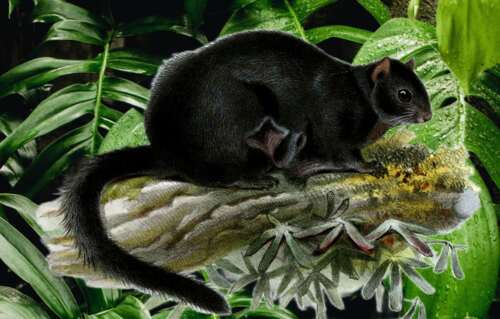

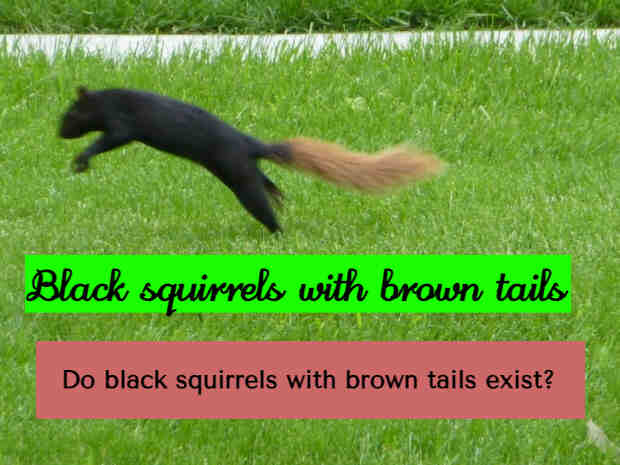


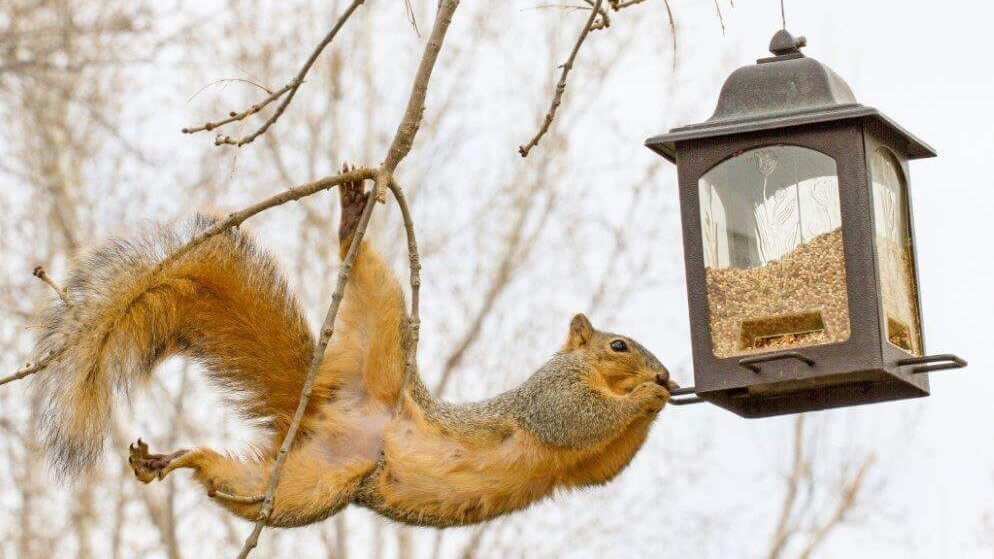


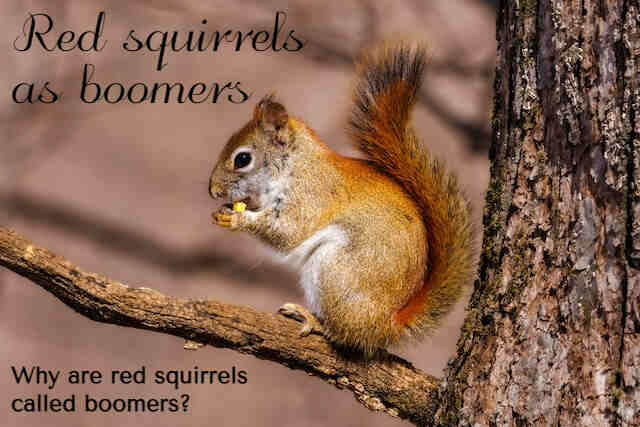
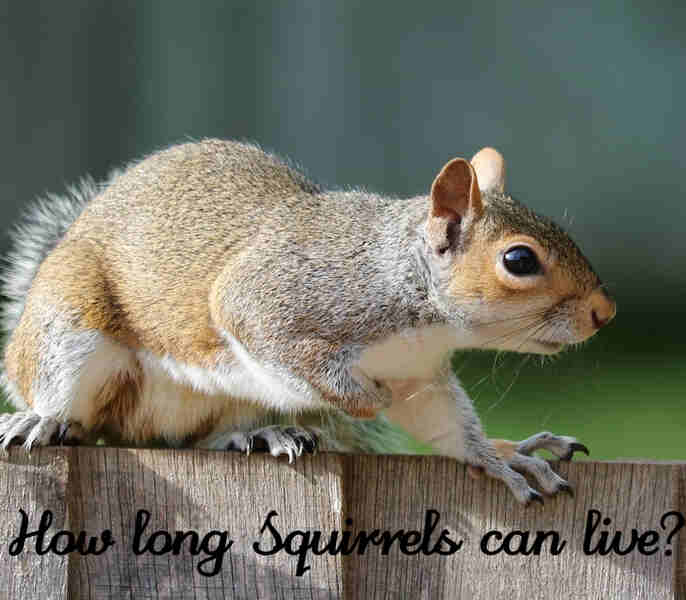
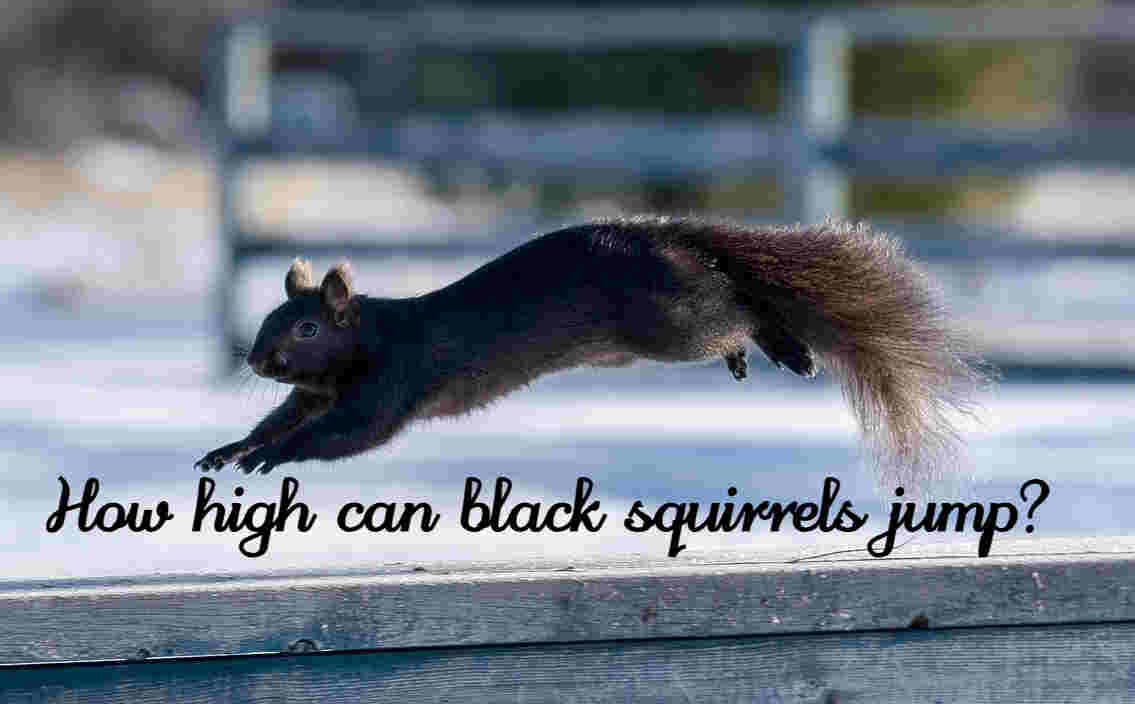
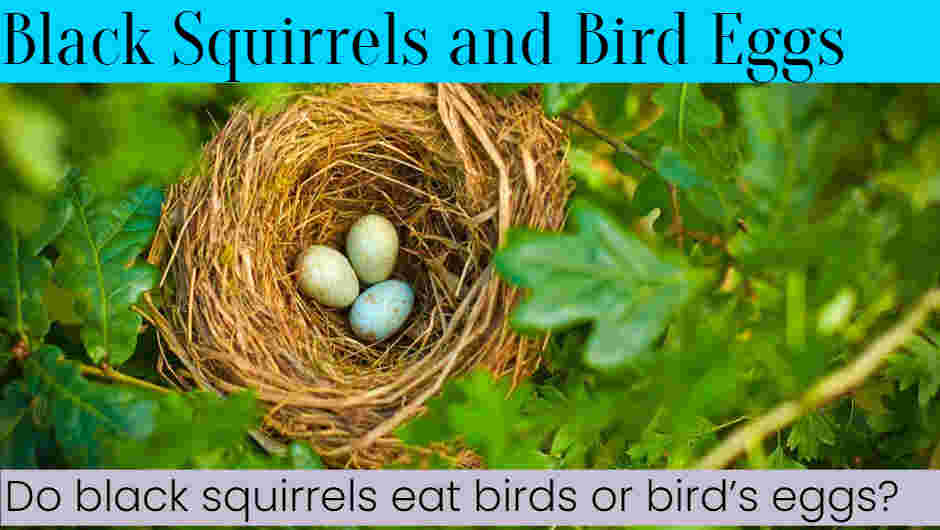


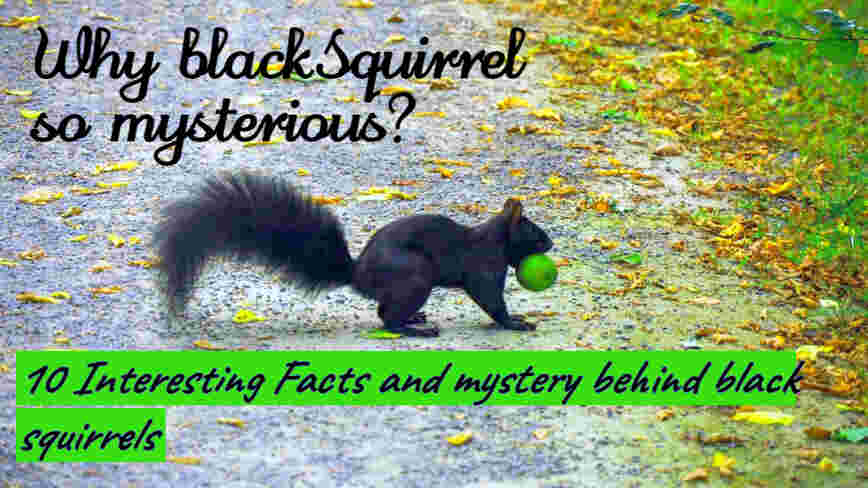
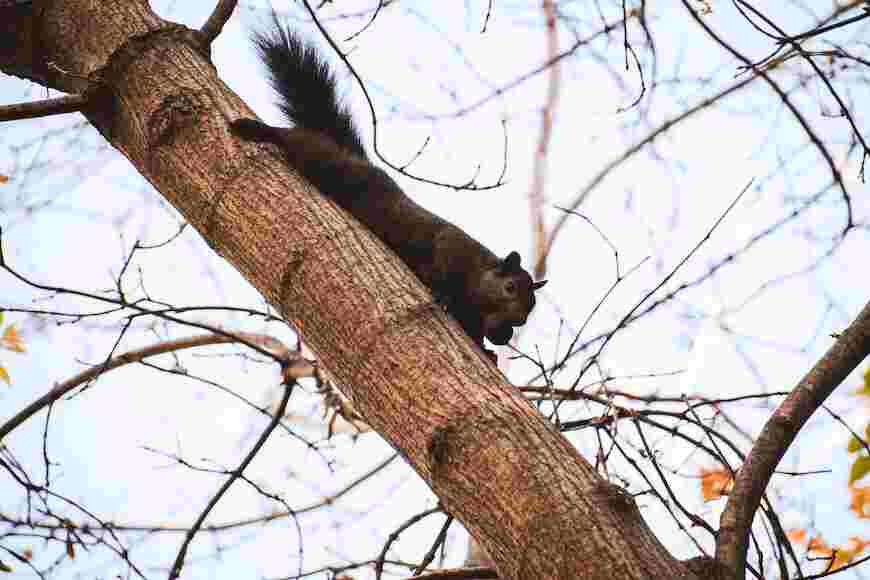
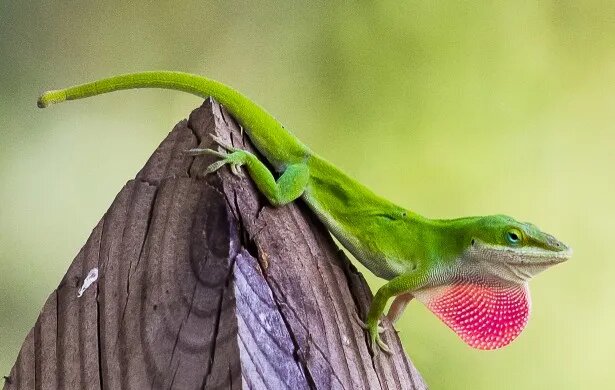
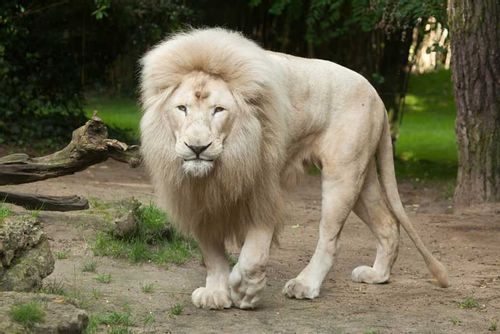
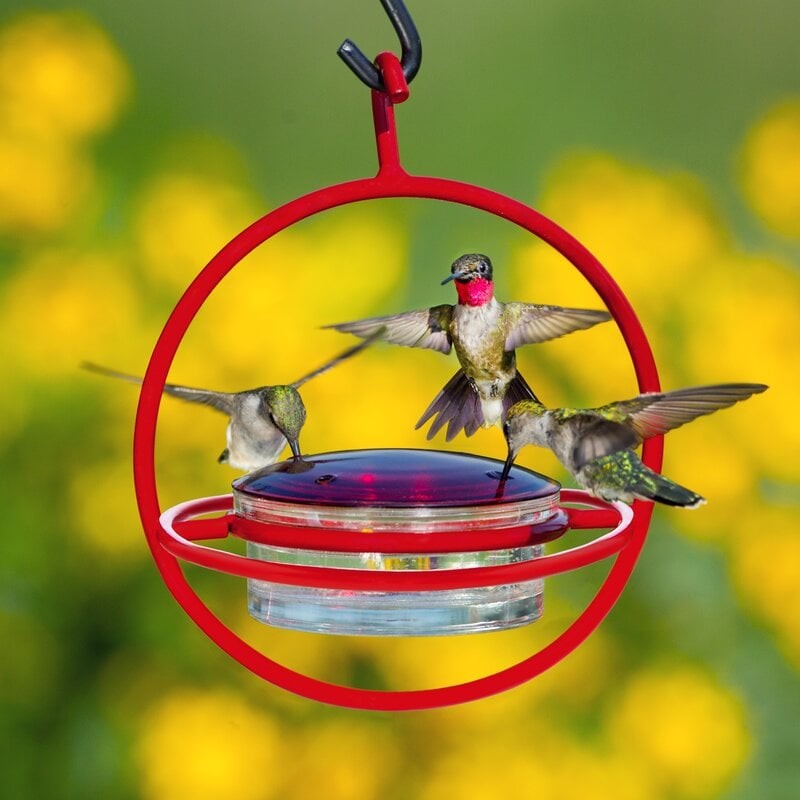

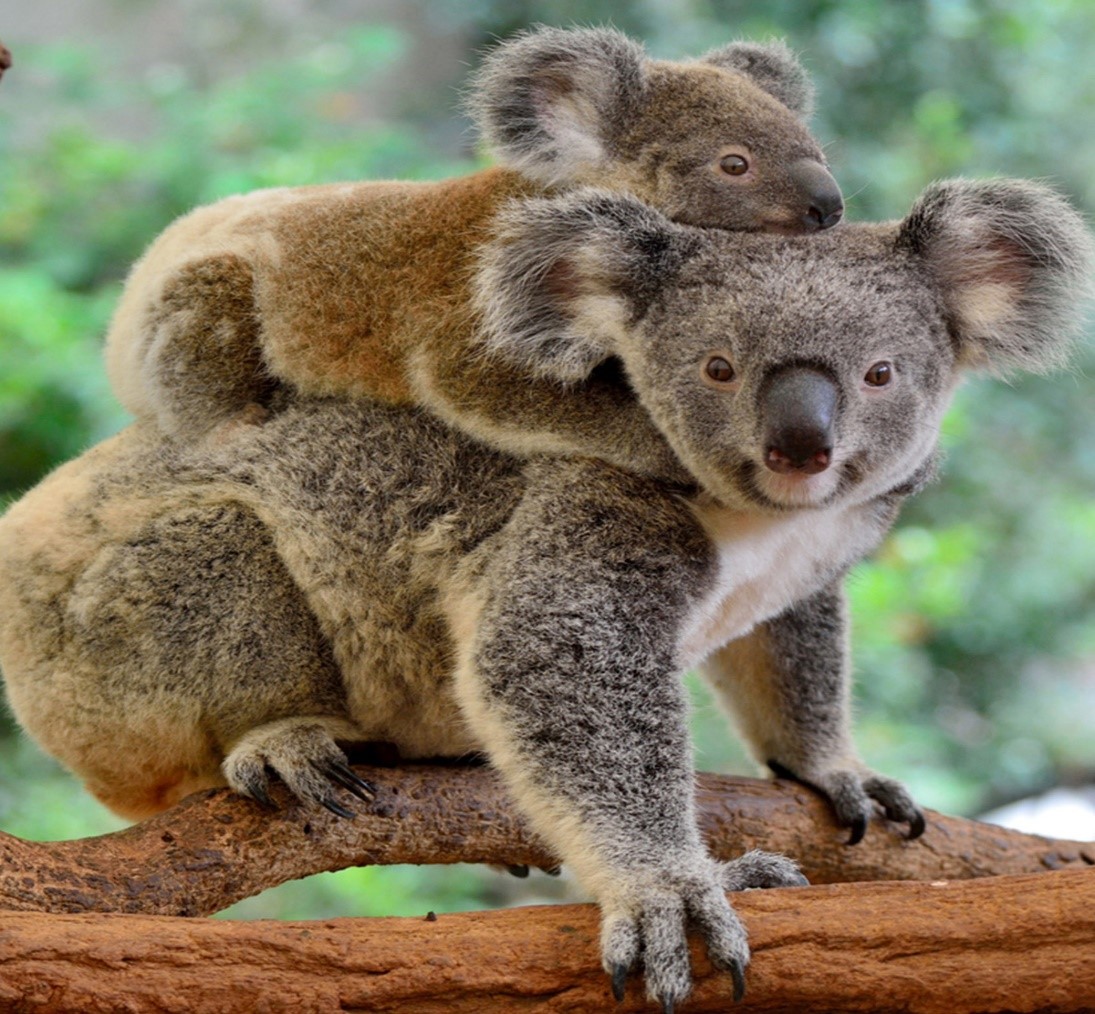

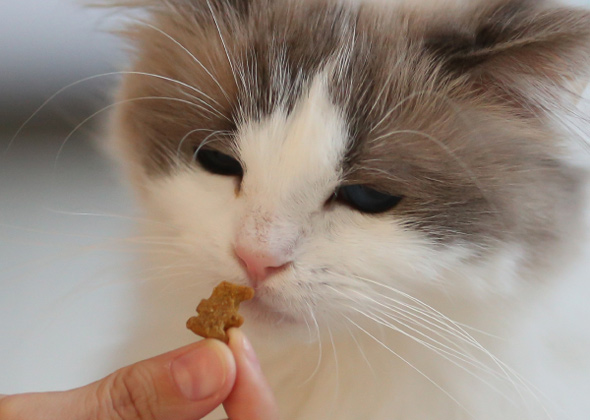
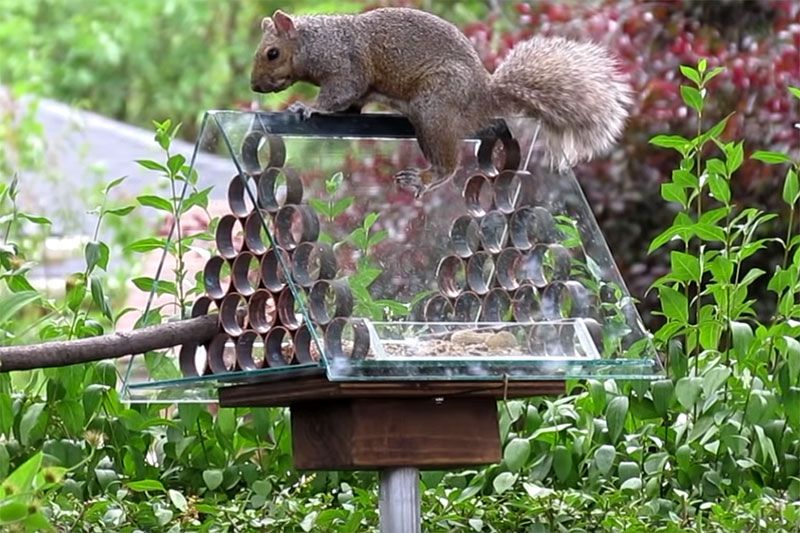
Admin – Administrator
Founder & Administrator of this website. If you want my services please CONTACT ME.